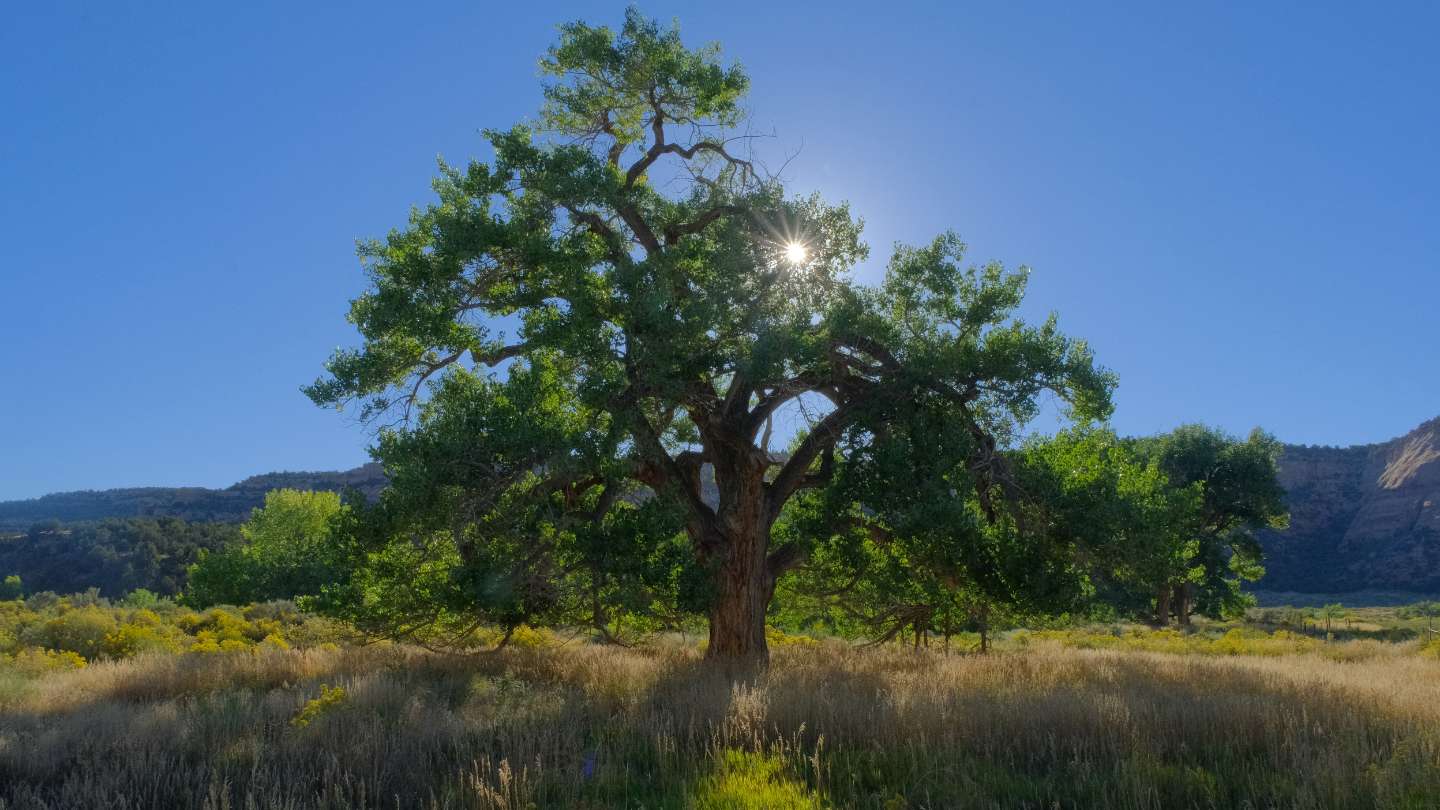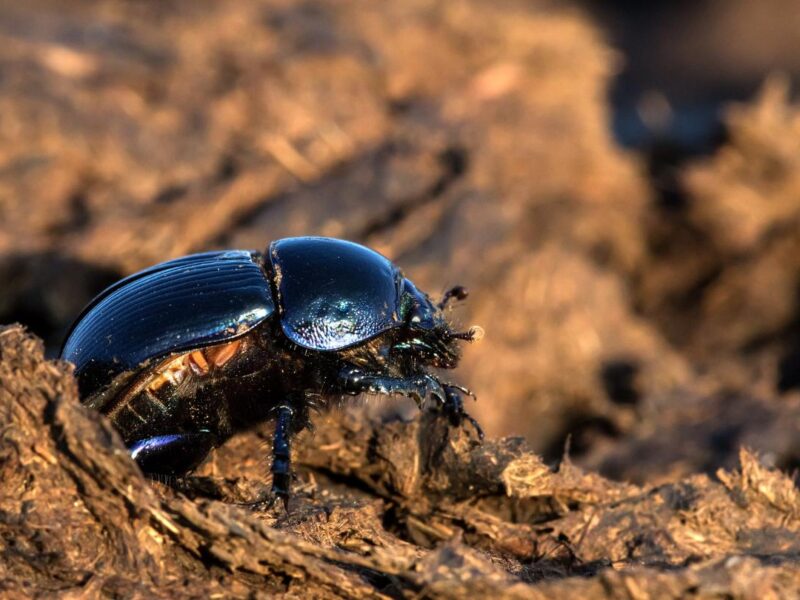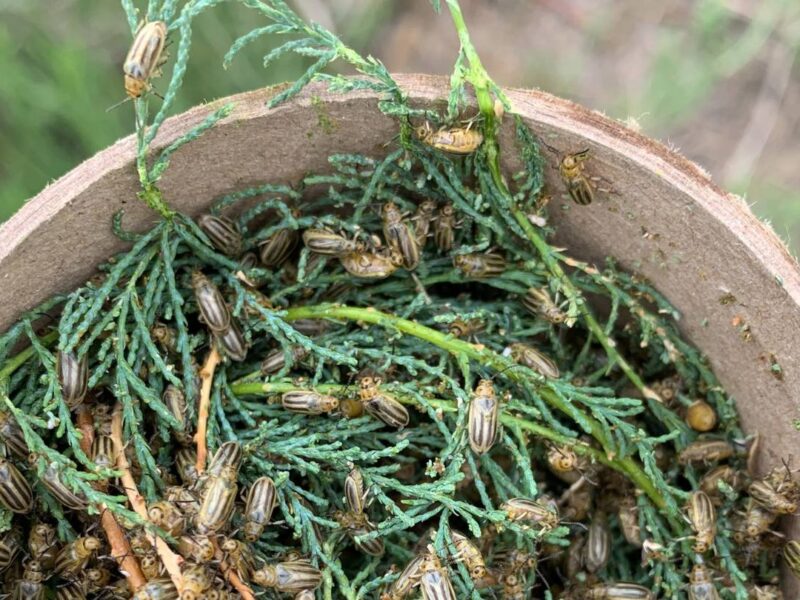
Rancher innovations to support soil health and water management as the climate changes
Soil health is gaining increasing notoriety as a major driver of agricultural water efficiency and drought resilience. But how can ranch managers and graziers rapidly improve soil health to cope with drought? That is the subject of an ongoing study in the Roaring Fork Valley of Colorado, and Heather Lewin from Roaring Fork Conservancy, Seth Mason of Lotic Hydrological, and Brendan Doran of Turnabout Ranch collaborated with the Western Landowners Alliance to present the study in a webinar on Friday, January 5th. Supported by organizations such as the Colorado Ag Water Alliance, Atlantic Aviation, the Colorado River Water Conservation District, and the Colorado Water Conservation Board, the study aims to help landowners better manage their land in dry conditions amid challenges faced by the Colorado River basin due to climate change and historic drought. The webinar event was the second in WLA’s Winter Water Webinar series.
Lewin began with a discussion of how agriculture is vital for supporting the Roaring Fork’s economic, cultural, and environmental assets, and how the Conservancy partners with local ranchers to protect operations from development harmful to watersheds and communities. Soil health isn’t always on the radar of watershed groups like the Roaring Fork Conservancy, but their board chair, who grew up on a farm in Iowa, suggested that it might be an important factor for watershed health in the valley. The Conservancy worked with Lotic Hydrological to create a study plan in hopes of answering a central question: can improved soil health help mitigate the impacts of reduced water availability and/or decrease post-drought recovery?
Can improved soil health help mitigate the impacts of reduced water availability and/or decrease post-drought recovery?
Lotic Hydrological, explained Mason, planned three key treatments to test drought resilience of grass pastures: soil aeration, biochar amendment, and deficit irrigation. Aeration and biochar are used to reduce soil compaction, enhance microbial activity, and improve water holding capacity. Deficit irrigation simulates drought conditions. Comprehensive field measurements, remote sensing, and biomass sampling are being conducted to assess treatment effectiveness.
Post-data collection, Lotic will analyze the treatment effects, focusing on the overall impact of irrigation curtailment and yield reduction offset achieved through aeration and biochar treatments. A simple economic evaluation will be conducted, comparing treatment costs against economic gains or losses, aiding in the development of financially feasible hydrological interventions for ranch management.
Brendan Doran of Turnabout Ranch, as the project implementer, shared perspectives on making irrigation and water use more efficient. He detailed the biochar application process and challenges faced during transportation, explained machinery calibration during aeration, and highlighted lessons learned during the biochar application phase of the study.
The cost of aeration and biochar application per acre amounts to $2,000, and the presenters acknowledged that while this price tag is not feasible for the vast majority of landowners, the organizations involved hope the study results help in the progression towards more cost-effective and scalable solutions for Western farms and ranches in the future. Alternative approaches to this type of research, such as directly injecting biochar into the soil, have been found to be cost-effective solutions for certain lands, but more research is needed to further explore the economic viability and scalability of this work. Other studies analyzing the effectiveness of biochar can be read here and here.
Following the presentations, the panelists fielded questions from the audience. Emphasizing that this research aims to test existing methods in the Roaring Fork region, Mason highlighted the importance of conducting the study at scale to thoroughly analyze the efficacy of the treatments. The consideration of compost was brought up due to biochar costs, and while it was contemplated, mixing compost with biochar was deemed potentially complicating for the study’s ability to assess biochar efficacy independently. Due to time constraints, we simply could not get to all the questions live during the session. The panelists kindly agreed to answer them in writing after the webinar – the questions and answers are below.
Questions and answers
Could free satellite data for normalized difference vegetation index (NDVI) and evapotranspiration (ET) be used instead of contracting unmanned aerial vehicles (UAV)?
Satellite imagery derived NDVI and ET are only available at a 30m resolution. This is too coarse given the size of our individual study plots. Pitkin County will collect the UAV imagery as a component of their participation in the project.
What hydrological factors were considered while designing this study?
We sought to implement a study design that would mimic the impacts of either limited native supply in snowmelt dominated systems or an early administrative “call” on local streams/rivers that might curtail water use during the irrigation season. Our water application treatment will require a full curtailment of irrigation water application early in the growing season.
What facility had biochar as a waste product, what agreement was reach to utilize this? Was this cost effective/how would this experiment be scalable to larger arid landscapes, or how could these be applied in other contexts?
Biochar was sourced from Biochar Now in Berthoud, Colorado. Commercially produced biochar is expensive. Cost will be a significant barrier to application at scale for most producers. As we mentioned, the initial intent was to use (free) biochar from a biomass power production waste stream. We hope to have a better sense of the payback period on the investment in commercially produced biochar at the completion of the study. Additional study may be needed to assess the impact of lower application rates, which would reduce per acre costs.
How did you decide on depth of aeration?
We selected an aeration method rather than a specific depth. Aeration depth was largely determined by local soil conditions. We could not control depth accurately across individual passes with the aerator.
Was the biochar “charged” with compost before application or applied as is?
No, the biochar was not mixed with compost prior to application.
What feedstock was used for the biochar?
Beetle-kill pine and spruce trees.
Did you consider using grazing management as a soil improvement technique?
We discussed this briefly with Pitkin County but decided not to add an additional treatment type to our study design.
Will any direct grazing be implemented on any of these sites or just hay removal?
No cattle grazing will occur on the study plots during the treatment period. Some incidental grazing by deer and elk may occur.




